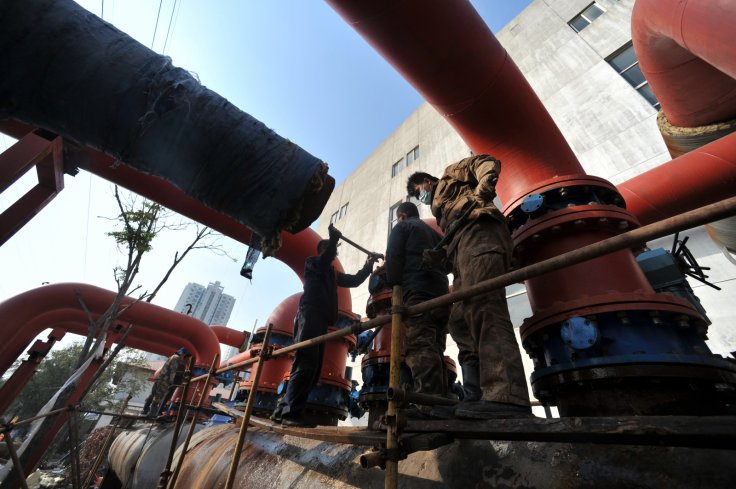
Scientists, including one of Indian-origin, are developing a sensor that takes advantage of the metabolic process of bacteria to detect gas leaks or oil spills in real time.
Their work presented on Sunday at a meeting of the American Chemical Society (ACS) in New Orleans, US could alert pipeline managers about leaks as soon as a failure begins, avoiding environmental disasters and fuel distribution disruptions.
"The advantage with our sensor is that it can detect very small leaks, and operators can take quick action to repair them," said the leader of the project Veera Gnaneswar Gude from Mississippi State University.
"We no longer have to wait until the leak is out of hand. Plus if we are able to develop this system on a larger scale, the same unit would be able to treat the waste and to remediate the soil and water that has been contaminated," Gude, an alumnus of Hyderabad's Osmania University, said.
Pipelines are currently inspected by a device called a smart pig, an electronic sensor that travels through the pipe detecting cracks or welding defects.
Despite regular inspection, leaks still occur.
Gude is developing a sensor that would complement this process by providing additional information about the integrity of the pipes.
This sensor adheres to the outside of the pipe and takes advantage of the metabolic process of bacteria to detect gas leaks in real time.
The researchers are now testing bacteria that would elicit an adequately measurable cathode voltage while also being able to survive in a marine environment for the application of offshore oil spill detection.
One type of bacteria Gude is testing is referred to as "electrogenic," which means that it releases electrons to its environment through metabolic processes after consuming carbon-based material (gas or oil).
"The sensor is not difficult to implement," Gude said.
"Placing the sensor onto a pipe is not a big challenge. It is a very versatile technique," he added.
It is possible that at some point in the future the sensor could be sprayed as a coating on the exterior of pipes ensuring that the entire length is continuously monitored, the researchers said.
(IANS)









